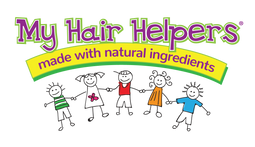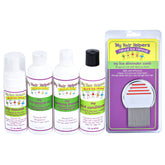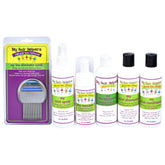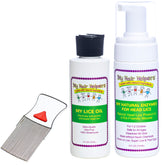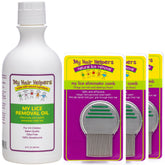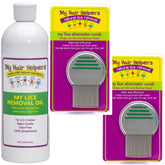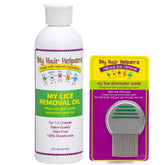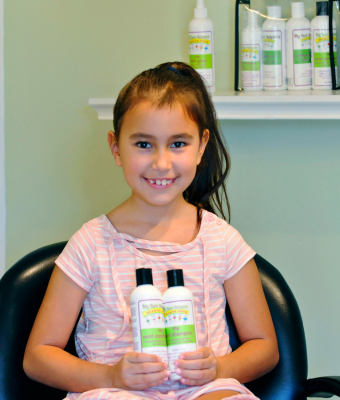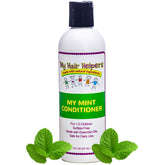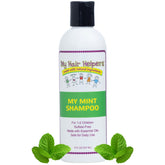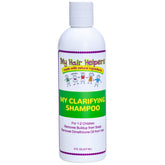HAIR LICE VS PUBIC LICE

Lice infestations are a common concern affecting individuals worldwide. Although they are often associated with poor hygiene, anyone can become infested. Two types of lice infestations are hair lice (head lice) and pubic lice (crabs). Despite their similarities, these two infestations have distinct differences in appearance, symptoms, transmission and course of action.
Let’s explore the differences between hair lice and pubic lice and how to effectively manage them.
What Are Hair Lice?
Hair lice, also known as head lice, are tiny, wingless insects that live on the scalp and feed on human blood. The scientific name for head lice is Pediculus humanus capitis.
The characteristics of head lice include:- Appearance: Adult head lice are about the size of a sesame seed, with a grayish-white color. Nits (lice eggs) are tiny, oval-shaped, and often yellow or white, attached to the hair shafts close to the scalp.
- Location: Found primarily on the scalp, particularly around the ears and at the nape of the neck.
- Symptoms: Intense itching, tickling feeling of something moving on the scalp, sores from scratching and visible lice or nits on the hair.
- Transmission: Spread through direct head-to-head contact and sharing personal items such as combs, hats and hair accessories.
What Are Pubic Lice?
Pubic lice, commonly known as crabs, are small, wingless insects that infest the pubic hair and feed on blood. The scientific name for pubic lice is Pthirus pubis.
The characteristics of pubic lice are:- Appearance: Adult pubic lice are smaller than head lice, about the size of a pinhead, and have a crab-like appearance. Nits are tiny, white or yellowish, and attached to pubic hair.
- Location: Found primarily in the pubic region but can also infest coarse hair on other parts of the body, such as the chest, armpits and facial hair.
- Symptoms: Intense itching in the genital area, visible lice or nits in the pubic hair, blue or gray spots on the skin from bites, and sores from scratching.
- Transmission: Spread mainly through sexual contact and, less commonly, through sharing clothing, bedding or towels with an infested person.
How to Manage Hair Lice
It is possible to manage a head lice infestation using a nit comb. The stainless steel comb from My Hair Helpers drags out lice and nits to stop the infestation. However, if the infestation is moderate or severe, you will likely need some type of topical solution as well. While over-the-counter products were once the gold standard, this has changed. Not only can the ingredients in these products be toxic, but also lice are growing increasingly resistant to them.
A better option is to choose head lice products that are made from natural ingredients. My Hair Helpers has a full line of products that will take out lice in just two applications—AND help you stay lice free forever! Visit our website or schedule a virtual consultation.
Since lice don’t live long off a host, you don’t have to do anything crazy with cleaning. However, for added protection, you can wash clothing, bedding and personal items that the infested person used in hot water and dry them on high heat. Items that cannot be washed can be sealed in a plastic bag for two weeks.
Addressing Pubic Lice
Managing pubic lice involves lotions and creams that you can get from your doctor. It’s also possible to use a fine-toothed comb to remove lice and nits from pubic hair. You’ll need to comb the hair thoroughly and rinse the comb frequently. Items used by the infested person can also be washed in hot water and dried on high heat.
Wrapping Up
While hair lice and pubic lice infestations share some similarities, they differ in appearance, location, symptoms and transmission. Effective interventions involve using appropriate products, thorough combing and environmental control measures. Addressing the infestation promptly and thoroughly can help control lice and stop reinfestation.
If over-the-counter products are ineffective, seek advice from a healthcare provider for stronger prescription medications. Remember, maintaining good hygiene and avoiding sharing personal items can help fend off lice infestations. Shop for head lice solutions made from natural ingredients today!